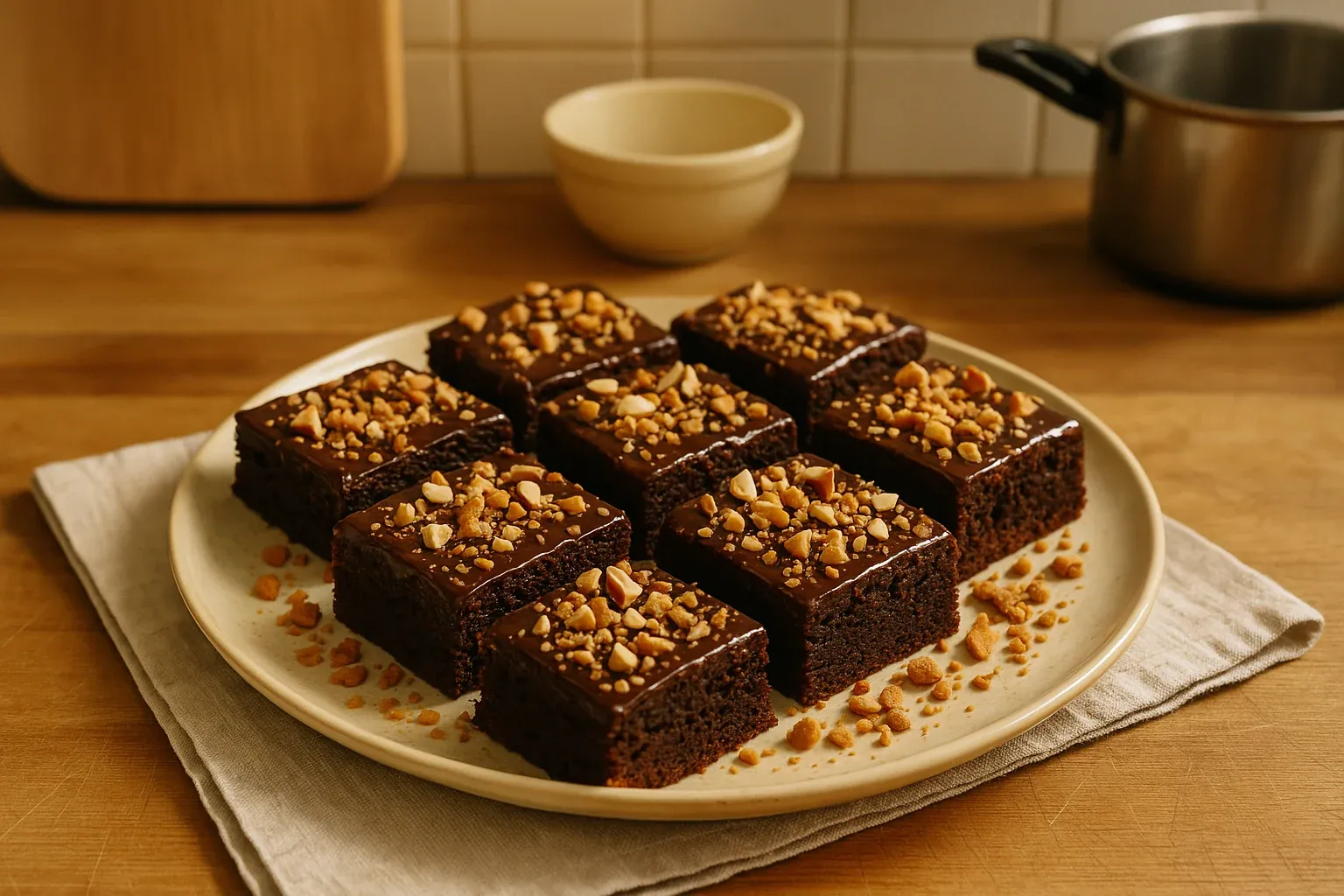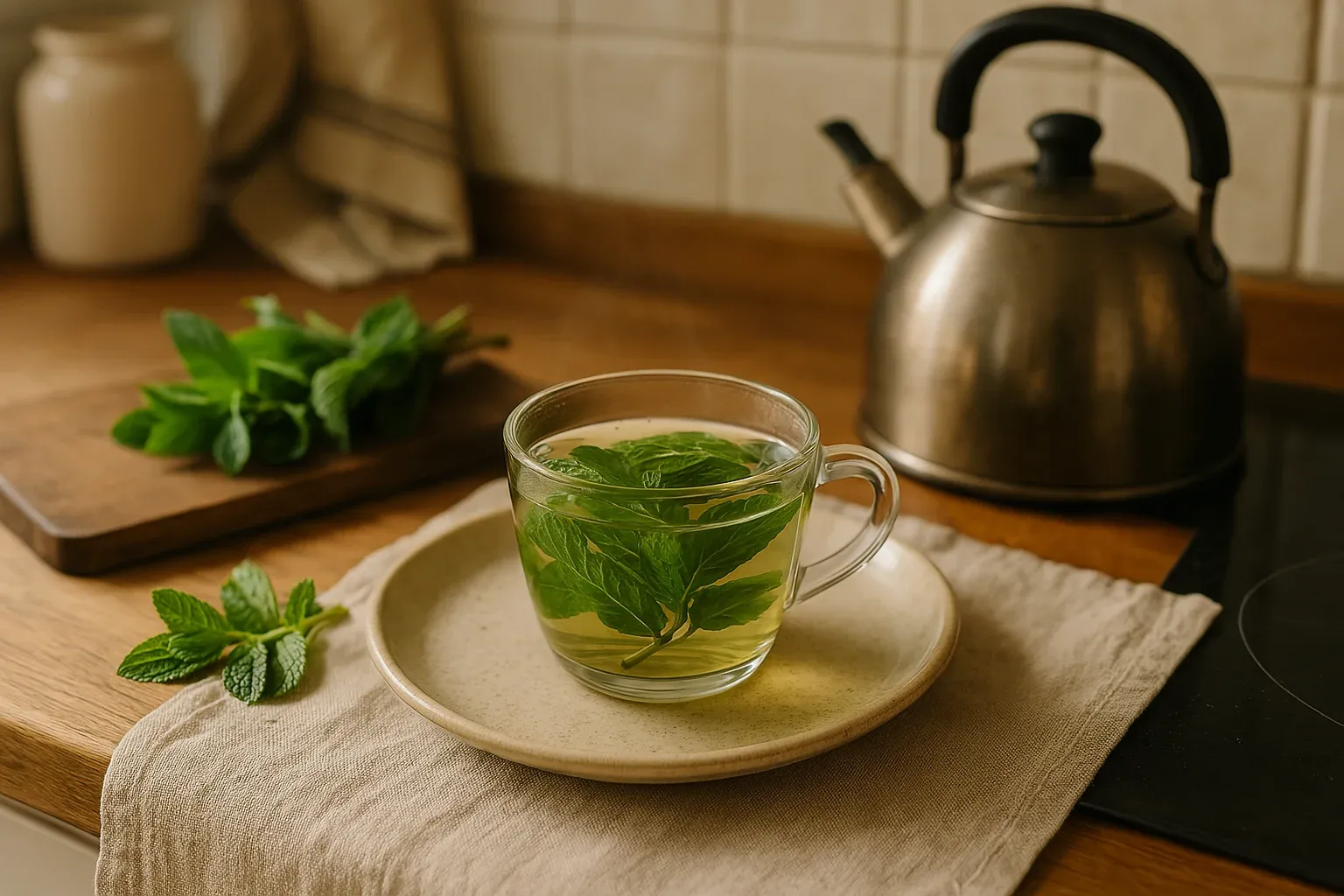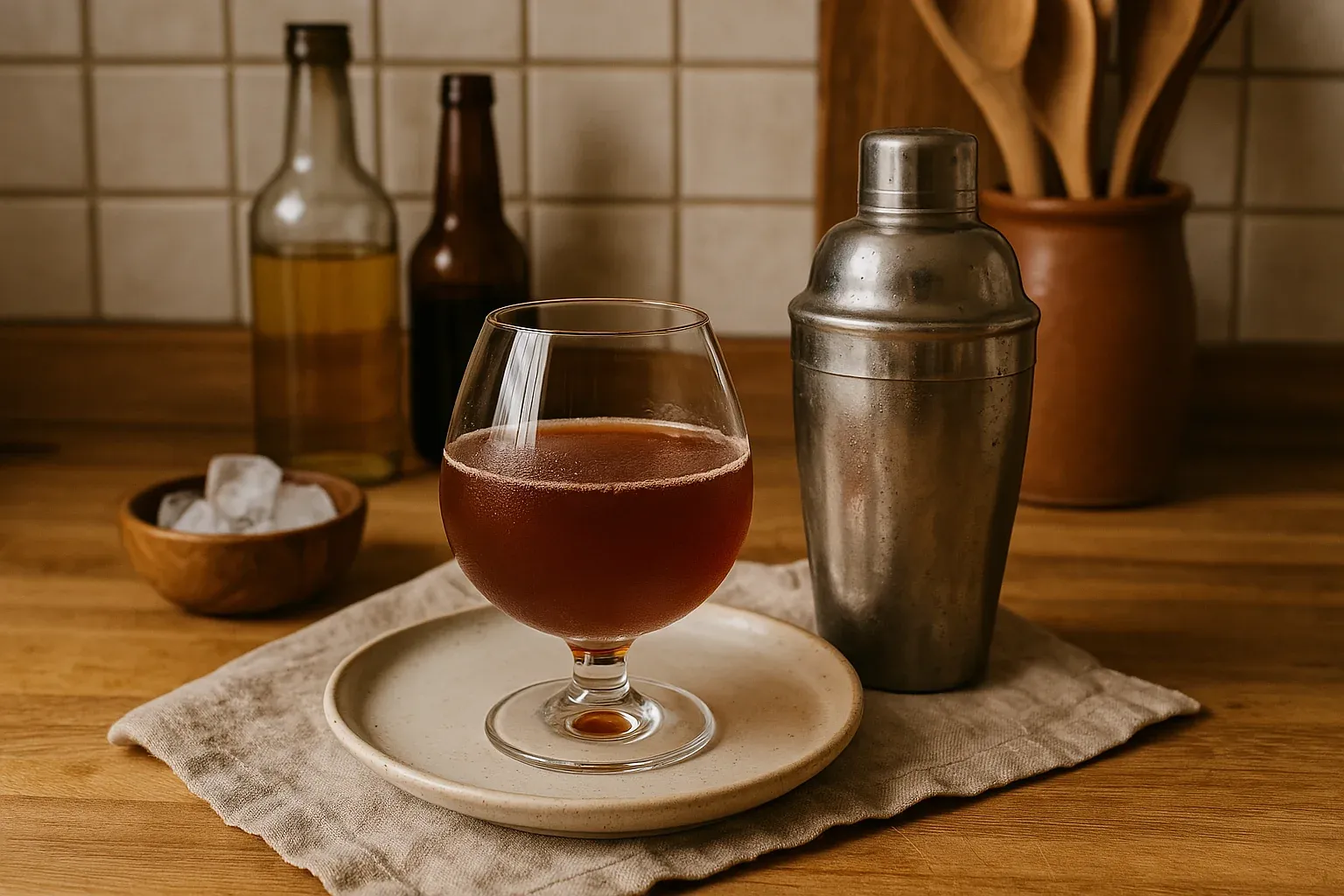A wok is basically a round bottomed pan, although in recent times flat bottomed woks have become available. The wok is the cornerstone of the Chinese kitchen, being used to cook almost everything. The chef uses a wok-shovel/spade to manipulate the food in the wok. The wok’s shape is time-engineered specifically for stirfrying, however it is also used for braising, steaming, red-cooking and boiling.
Your choice of wok is all-important as they come in all shapes and sizes, thicknesses and qualities.
Starting at the bottom, you will find:
1) Pressed steel wok – cheap & nasty, pressed mid steel coated with “heat-proof” paint. Too thin at a wall thickness of only about 0.8mm
2) Carbon steel wok – by far the most popular with pro chefs – not coated – good wall thickness of 1.2-2.0mm – readily available from good equipment suppliers.
3) Hand-beaten black iron wok – the Rolls Royce of woks!!! Wall thicness of approx 2.2mm – very difficult to find.
4) Electric wok – Non-stick surface, wall thickness 3-4mm to retain heat. Not ideal for cooking authentic Oriental foods as the thermostat continually switches on and off.
NB- Stear clear of woks coated with non-stick, or other coatings. These woks can not be seasoned. The rationale behind stirfrying is to cook hot and quick, resulting in supremely tender meats and crispy crunchy vegetables. The chef places the wok over the flame until the seasoning starts to smoke. Then the oil is added followed by the ingredient. This process cannot be achieved with coated woks or electric woks. Pressed steel woks will buckle at this temperature.





